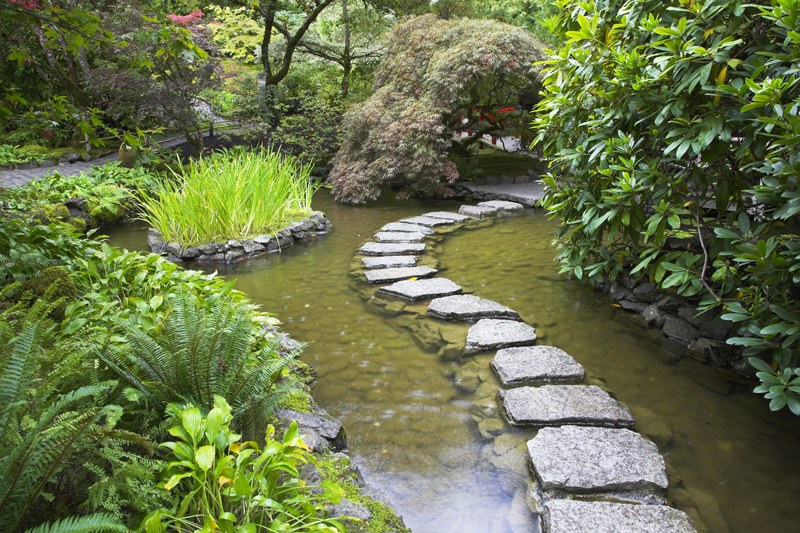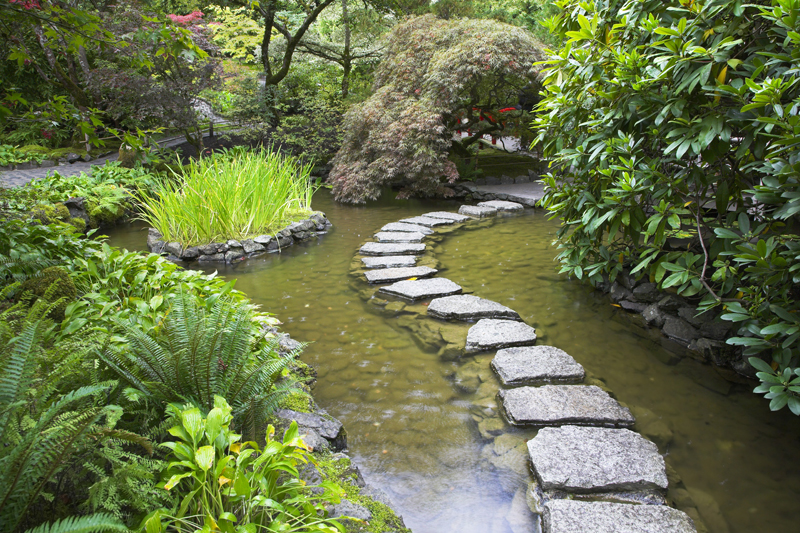Giant Desert Candle

There are perhaps over four dozen species of the clump-forming desert candles. However, only three or so of those are widely grown in America. One of those is the giant desert candle (Eremus robusta).
A member of the lily family, this deer resistant plant is hardy to zone five. The plant is native to cold regions of Asia. This species is by far one of the taller desert candles. It is native to the Ukraine.
This plant received the Royal Horticulture’s award of Merit. Various cultivars of this plant are available.
This plant can reach eight to ten feet in height when it is blooming. The long, narrow, strap-like leaves, which are borne in the center of the plant, are two inches in length. The foliage appears as a rosette and can vary in color according to the variety being grown. But, they are often blue-green. Once this species finishes blooming, the foliage will begin to die back.
Flowering occurs in May and June and continues for at least three weeks or so. These sweetly scented blossoms are particularly long lasting-up to three weeks. The blossoms emerge on the tall candle-shaped flower stalk in racemes on very small spikes.
They open all along the length of the tall flower stalk in an uneven manner with the ones on the bottom of the flower stalk opening first. There can be a huge number of blooms, but they aren’t all open at the same time. A single plant can bear up to eight hundred blooms per year.
The blooms can vary somewhat in color, ranging from white or yellow to vivid pink. Typically, the flowers are often extremely pastel pinkish-peach.
These flowers bring huge quantities of pollen for pollinators. The flowers are also a good source of nectar as well. For that reason, I recommend this for pollinator gardens. The blossoms are sure to attract lots of pollinators to the garden.
Growing Giant Desert Candle
Because the flowering stems of giant desert candle are so tall, gardeners are urged to stake these plants. Allow plenty of room for they are large and need three feet or so between plants.
For the most part, these bulbs do best in a dry climate. Once these plants are established, they can withstand drought.
The desert candles aren’t necessarily hard to grow. However, they are extremely exacting when it come to the growing conditions that are required.
I would recommend that gardeners should only try to grow this if their soil and climate meets this plant’s needs. Otherwise, you may be very disappointed when your plants fail to thrive.
The giant candles are adapted to poor soils. They don’t require a rich soil. However, the soil must be extremely well drained. Loamy or sandy soils are preferred. Also, it is important that the soil remains dry in the winters for wet soils at that time is particularly harmful for the plants.
These plants are recommended for meadows and borders. For best results, protect these plants from strong winds.
The giant desert candles do best in full sun, or at least a minimum of six hours full sun per day. Mulch these plants heavily in cold areas. For best results, avoid disturbing the plant’s roots.
A member of the lily family, this deer resistant plant is hardy to zone five. The plant is native to cold regions of Asia. This species is by far one of the taller desert candles. It is native to the Ukraine.
This plant received the Royal Horticulture’s award of Merit. Various cultivars of this plant are available.
This plant can reach eight to ten feet in height when it is blooming. The long, narrow, strap-like leaves, which are borne in the center of the plant, are two inches in length. The foliage appears as a rosette and can vary in color according to the variety being grown. But, they are often blue-green. Once this species finishes blooming, the foliage will begin to die back.
Flowering occurs in May and June and continues for at least three weeks or so. These sweetly scented blossoms are particularly long lasting-up to three weeks. The blossoms emerge on the tall candle-shaped flower stalk in racemes on very small spikes.
They open all along the length of the tall flower stalk in an uneven manner with the ones on the bottom of the flower stalk opening first. There can be a huge number of blooms, but they aren’t all open at the same time. A single plant can bear up to eight hundred blooms per year.
The blooms can vary somewhat in color, ranging from white or yellow to vivid pink. Typically, the flowers are often extremely pastel pinkish-peach.
These flowers bring huge quantities of pollen for pollinators. The flowers are also a good source of nectar as well. For that reason, I recommend this for pollinator gardens. The blossoms are sure to attract lots of pollinators to the garden.
Growing Giant Desert Candle
Because the flowering stems of giant desert candle are so tall, gardeners are urged to stake these plants. Allow plenty of room for they are large and need three feet or so between plants.
For the most part, these bulbs do best in a dry climate. Once these plants are established, they can withstand drought.
The desert candles aren’t necessarily hard to grow. However, they are extremely exacting when it come to the growing conditions that are required.
I would recommend that gardeners should only try to grow this if their soil and climate meets this plant’s needs. Otherwise, you may be very disappointed when your plants fail to thrive.
The giant candles are adapted to poor soils. They don’t require a rich soil. However, the soil must be extremely well drained. Loamy or sandy soils are preferred. Also, it is important that the soil remains dry in the winters for wet soils at that time is particularly harmful for the plants.
These plants are recommended for meadows and borders. For best results, protect these plants from strong winds.
The giant desert candles do best in full sun, or at least a minimum of six hours full sun per day. Mulch these plants heavily in cold areas. For best results, avoid disturbing the plant’s roots.

Related Articles
Editor's Picks Articles
Top Ten Articles
Previous Features
Site Map
Content copyright © 2023 by Connie Krochmal. All rights reserved.
This content was written by Connie Krochmal. If you wish to use this content in any manner, you need written permission. Contact Connie Krochmal for details.



